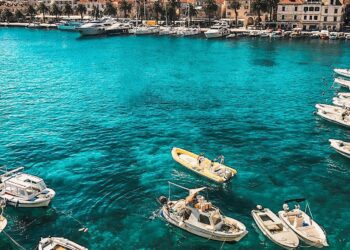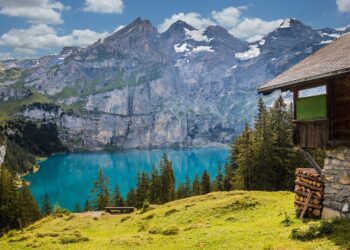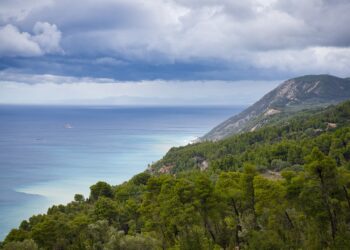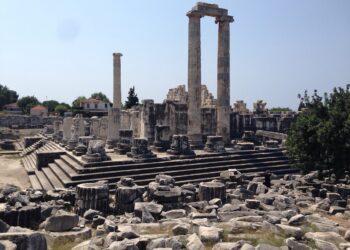Europe Travel Guide
“Travel reveals the misconceptions we all have about other countries.” – Aldous Huxley
At VayCay Couple, our vision is to help you truly discover Europe—not just the famous landmarks, but the authentic essence of each destination. We know planning a European adventure can feel overwhelming with so many iconic sights, hidden gems, and seasonal wonders to explore. But don’t worry! Our comprehensive Europe Travel Guide has everything you need to make your journey unforgettable.
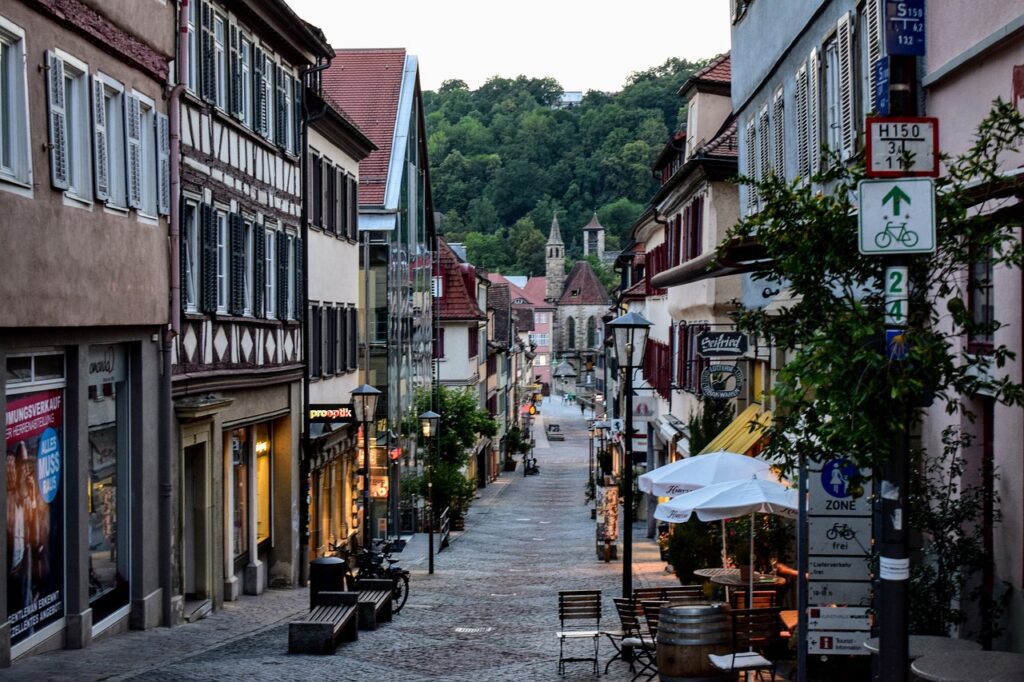
Map Of Europe
Europe is a continent full of diversity, both in its geography and climate. Northern Europe, including places like Scandinavia, tends to have cooler temperatures, with snowy winters and mild, short summers. On the other hand, southern Europe—think Spain, Italy, and Greece—enjoys warmer climates, with hot summers perfect for beach-goers. Europe’s blend of history, culture, and natural beauty draws millions of tourists each year, offering everything from historic cities and iconic landmarks to beautiful coastlines and charming countryside. Whether you’re seeking culture, adventure, or relaxation, Europe has it all.
Latest European Stories
Must See in Europe
Best Time to Visit Europe
The best time to visit Europe depends on what kind of experience you’re after. Europe is a year-round destination, with each season offering something unique. Whether you’re dreaming of sun-soaked beaches, a cozy winter escape, or exploring lively cities, there’s always something to enjoy. Here’s a quick look at what each season has to offer:
Spring (March to May): Spring is a fantastic time to visit. The weather starts to warm up, flowers are in bloom, and attractions are less crowded compared to summer.
Summer (June to August): Summer is Europe’s peak season, with warm temperatures and plenty of sunshine. It’s perfect for beach trips and outdoor festivals, but you’ll find larger crowds and higher prices.
Autumn (September to November): Autumn brings pleasant weather, stunning fall colours, and fewer tourists. It’s ideal for exploring both cities and countryside, often with better accommodation deals.
Winter (December to February): Winter is the time for Christmas markets, festive lights, and snowy landscapes. It’s perfect for holiday lovers and those interested in winter sports, though it does mean colder temperatures.
Getting Around Europe
Exploring Europe offers a variety of travel options, each providing unique experiences. Whether you prefer the scenic charm of train rides, the speed of flying, the flexibility of driving, or the romance of cruising along picturesque waterways, Europe has something to suit every traveler’s style. Here’s a closer look at the best ways to navigate this culturally rich continent.
Getting Around Europe by Train
Train travel is one of the most enchanting and efficient ways to explore Europe. From the iconic Swiss Alps on the Glacier Express to the breathtaking fjords of Norway’s Flam Railway, some of the best train rides in Europe offer unforgettable views. To maximize your journey, consider purchasing a Europe train travel pass, such as the Eurail Pass, which provides flexible access to multiple countries. Plan ahead for scenic routes, book early for discounts, and don’t forget to pack snacks to enjoy as the landscapes unfold before you.
Flying Around Europe
Flying is ideal for covering long distances quickly, making it perfect for hopping between major cities or regions. Europe’s busiest airports, such as London Heathrow, Paris Charles de Gaulle, and Amsterdam Schiphol, are well-connected to smaller destinations via budget airlines. When flying, book tickets early for the best deals, pack light to avoid extra baggage fees, and allow extra time for security checks, especially during peak travel seasons. Flying lets you maximize your time and explore more of Europe’s diverse offerings.
Driving Around Europe
A driving trip around Europe offers unparalleled freedom to explore off-the-beaten-path destinations at your own pace. Scenic routes like Italy’s Amalfi Coast, France’s Loire Valley, or the winding roads of the Scottish Highlands are perfect for road trippers. Rent cars from trusted agencies at major airports or city centers, and familiarize yourself with local driving laws—especially regarding speed limits and tolls. Don’t forget to budget for fuel, parking, and potential border-crossing fees if your adventure spans multiple countries.
Sailing Around Europe
Cruising Europe’s waterways is an experience like no other. Picture yourself gliding along the Danube River, visiting historic cities like Vienna and Budapest, or enjoying Mediterranean cruises that take you to sun-soaked destinations like Santorini and Barcelona. River cruises in Northern Europe, including the Rhine and the Douro, offer peaceful escapes into charming towns and lush vineyards. Whether you’re a fan of luxury liners or smaller boutique ships, sailing Europe lets you enjoy a mix of culture, relaxation, and stunning views—all at a leisurely pace. Pack your sense of adventure, and get ready to set sail!
Cultural Tourism in Europe
We believe that cultural tourism in Europe is one of the most rewarding experiences a tourist can have. Europe is rich in history, art, and distinct traditions that make each destination unique. There are many ways to explore Europe’s heritage: you can stand before famous landmarks like the Eiffel Tower in Paris or the Colosseum in Rome, or visit world-class art galleries in Amsterdam and Madrid. Strolling through medieval towns, admiring beautiful churches, or enjoying lively festivals and authentic local cuisine are just a few of the cultural experiences we love to share with visitors. We want to help you discover the unique story that each place has to tell.
Eastern Europe Travel
In the past few years, Eastern Europe has become more popular as more tourists discover its beauty, culture, and unique experiences, often at a much lower cost than Western Europe. While Western Europe is known for its famous sites and cities, Eastern Europe is just as interesting, with its medieval towns in the Czech Republic and Poland, the beautiful mountains of Romania, and the stunning coastline of Croatia. Cities like Budapest, Prague, and Krakow are now popular tourist spots because of their historic architecture, lively cultures, and friendly people. Eastern Europe has also become recognized for its safety, often providing a calmer, more authentic travel experience compared to the busier cities of Western Europe.
Budget Tips for Traveling in Europe
At VayCay Couple, we know that exploring Europe doesn’t have to break the bank. To stretch your budget further, consider traveling during the shoulder seasons of spring or fall when prices and crowds are lower. Use budget airlines and book train tickets in advance for the best fares. Save on accommodations by staying in hostels, guesthouses, or vacation rentals, and shop at local markets for affordable, authentic meals. Don’t forget to take advantage of free activities like walking tours, museum days, and exploring public parks to soak in Europe’s beauty without spending a dime.
What to Pack for Europe
Packing smart can make your European adventure much smoother. We, at VayCay Couple suggest versatile clothing that can be layered for varying weather conditions, especially if your itinerary covers multiple regions. Comfortable walking shoes are a must, as you’ll likely be exploring cobblestone streets and scenic trails. Don’t forget a universal adapter for electronics, travel-sized toiletries, and a lightweight backpack for day trips. Pro tip: pack a reusable water bottle to stay hydrated and save money while on the go. Remember, less is more—leave room for souvenirs!













